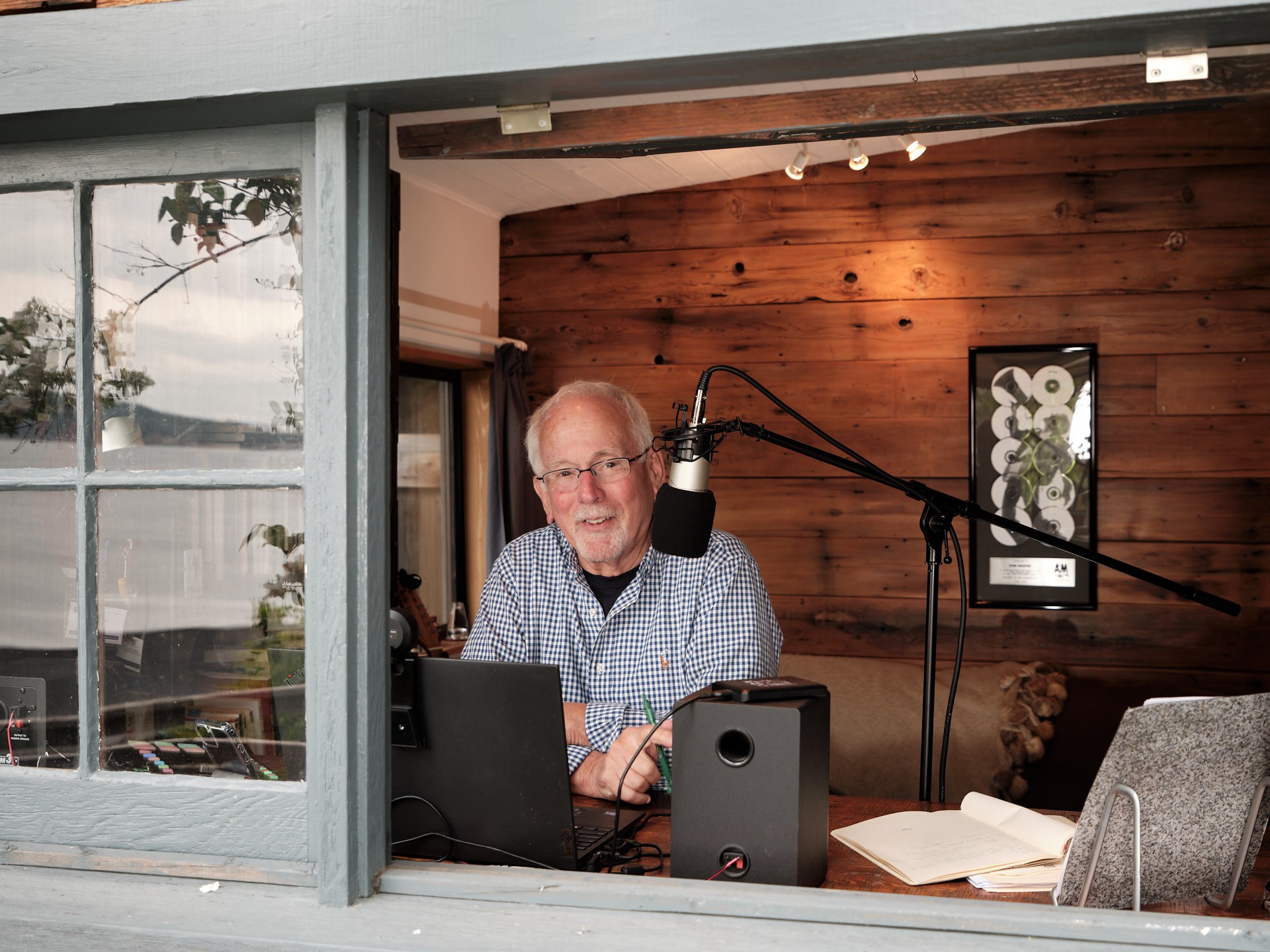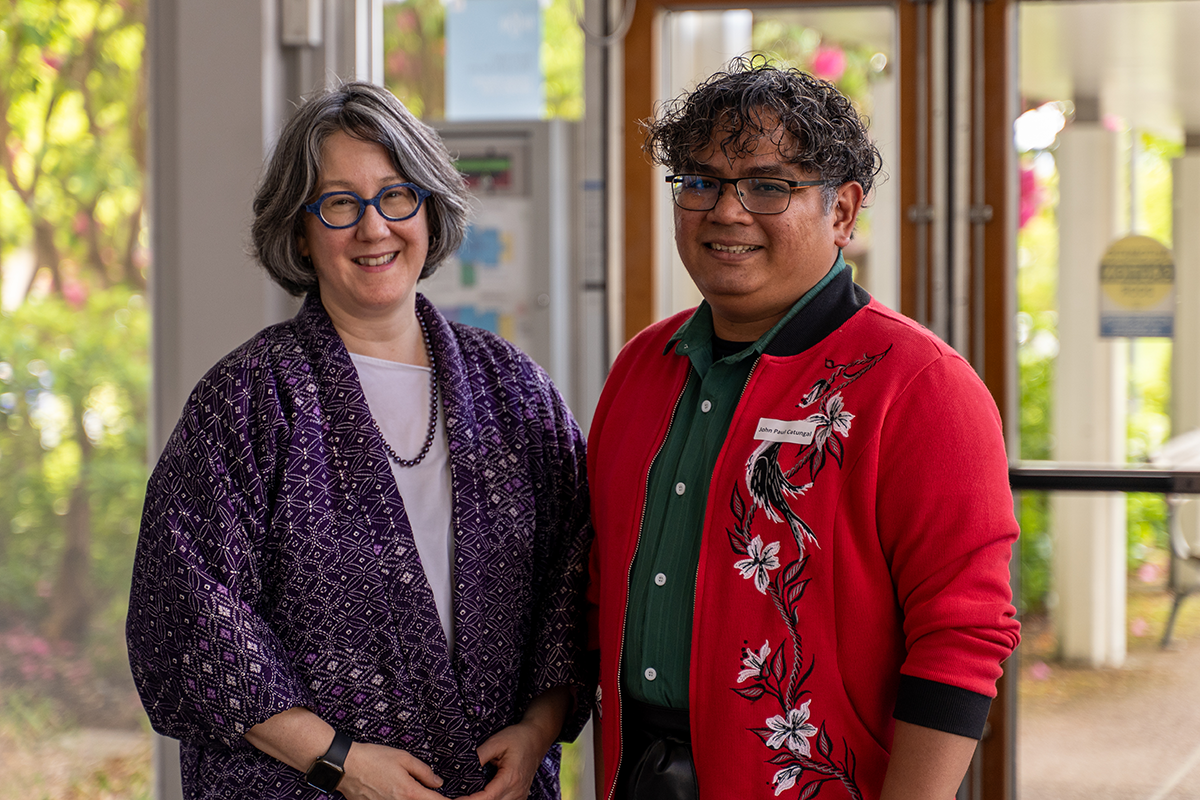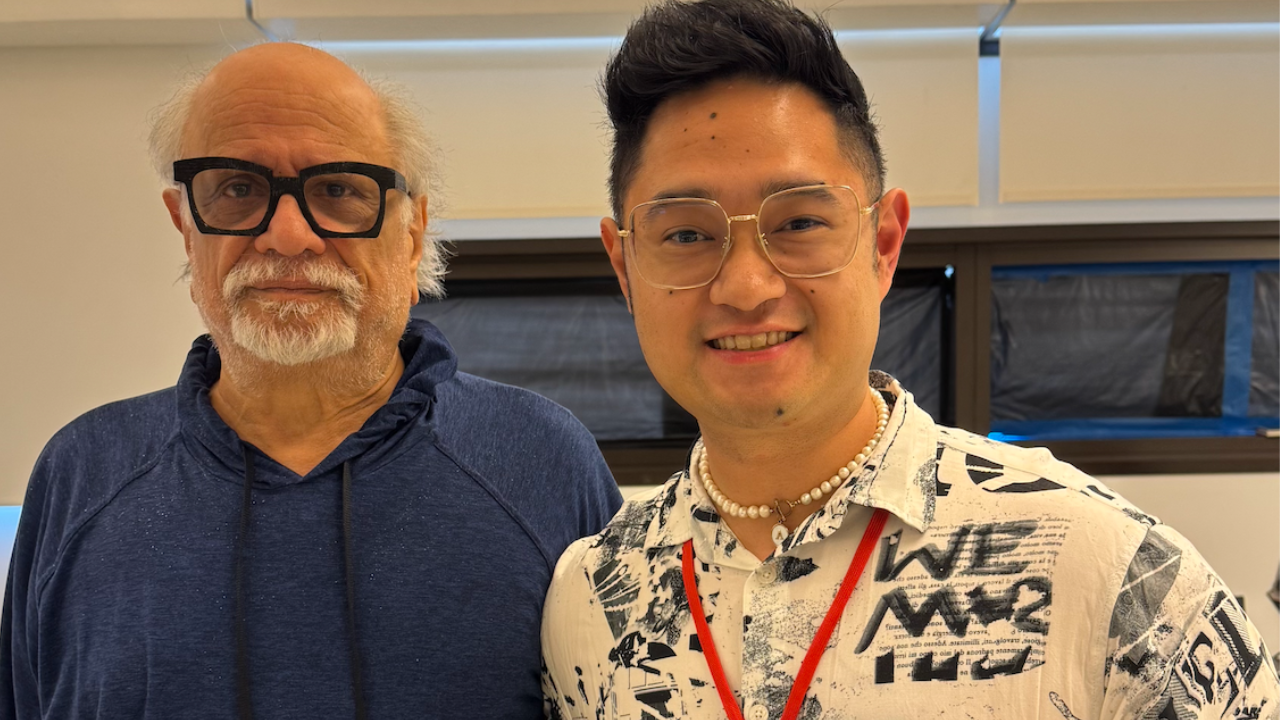November 30, 2015 —
Public Statement on Syrian Refugee Crisis
By some concerned graduate students at the Institute for Gender, Race, Sexuality, and Social Justice – socialjustgradstatements@gmail.com
University of British Columbia
Musqueam Territory
Note: The views in this statement are solely of the authors. They do not reflect the views of all faculty, staff, and students at the Institute for Gender, Race, Sexuality, and Social Justice Research.
All of the Sept. 11 attackers entered the United States using tourist, business or student visas. Since then, most of the attackers in the United States claiming or appearing to be motivated by extremist Islam were born in this country or were naturalized citizens. None were refugees.
Located within an escalating web of global terror, the past several weeks have seen a rise in public, political, and media attention to the Syrian Refugee Crisis. Many of us at the Institute for Gender, Race, Sexuality and Social Justice, care deeply for issues of forced migration and the conditions that call its necessity into being. All over the world, including in our own country and campuses, there have been increasing racism, Islamophobia and the hyper-policing of Black and Brown bodies. In the current moment, we ask ourselves how we might begin to understand this moment of crisis and change in the already existing precarious relationship between racialization, nationalism, and citizenship? How do we begin to challenge disciplinary discourses that have become increasingly heightened post-9/11?
The refugee mass exodus started after the US-led invasion of Iraq in 2003. By 2007, the number of Iraqis in the Middle East who were recognized by the UNHCR1 as refugees reached 2,174,000. Almost 1,200,000 of those resided within Syria2. In the aftermath of the Syrian Spring, Western and some Arab Gulf countries sought to resolve the conflict by further militarizing an already militarized zone. This in turn escalated the wave of violence in the Syrian streets and forced about five million Iraqis and Syrians to flee Syria and seek refuge in neighbouring countries.
In most Middle Eastern countries, refugees are subjected to laws restricting their access to work, education and medical care. Denied access to core services, refugees must live on their life savings for years waiting either for the conflict to end and a return home, or for resettlement elsewhere. To date, the Middle East has some four million Syrian refugees,3 yet only 160,664 resettlement places have been offered globally.4 Having waited years for resettlement and with dwindling financial resources, many refugees without placements choose to risk their lives and jump in the next boat to Europe. Although Iraqi refugees and Syrian civilians started fleeing Syria since 2012, the refugee crisis caught international media attention only recently when refugees started crossing European borders en masse. According to Human Rights Watch, about 420,000 Syrian fled to Greece by boat in an effort to reach Europe.5 The tiny dead body of Alan Kurdi, washed onto a beach in Turkey, symbolizes the desperation of millions of refugees seeking a normal life for themselves and their families.
With rising public criticism of Canadian immigration policies towards refugees and the prior Harper Government’s scandalous rejection of the Kurdi family’s application, Prime Minister Trudeau announced during his campaign that under his leadership, Canada would accept 25,000 Syrian refugees. The shocking Paris attacks, however, has created a precedent for hardline politicians in Canada, the US and Europe to call for closing doors on refugees and expanding government mass surveillance, especially on the Muslim community. To appease those rising prejudicial concerns, the Canadian government announced a plan to only welcome women, families, and LGBTQ refugees. As Citizenship and Immigration Canada puts it, these groups comprise the category of “vulnerable refugees who are a lower security risk”6.
No refugee has been linked to any terrorist attack in Canada in recent memory and there is no evidence connecting refugees and Islamist militants apart from being victims of ISIS’s brutality. Despite these facts, however, many still argue that allowing Syrian refugees into the country will pose a great risk in spite of immigration Canada’s post-Paris decision to exclude unaccompanied single straight Syrian men from consideration. By allowing any Syrian refugees to settle here at all, these hardliners insist, Canadian borders will become permeable for ISIS operatives. This stance displays a catastrophic ignorance of the stringent, discriminatory and incredibly painstaking vetting procedures that already screens almost all Middle Eastern visitors to Canada using biometric information (i.e., fingerprints and photographs). Refugees, unlike visitors, go through an additional screening process before being accepted to resettlement in Canada. The Canadian government’s official website states: “Even after a refugee is identified to Canada, it takes time to process the cases. Under our legislation, all resettlement cases must be carefully screened to ensure that there are no issues related to security, criminality or health.”7
Amnesty international and the UNHCR have always encouraged prioritizing the resettlement of vulnerable populations. Canada, however, has for a long time pursued a policy of selecting primarily young single refugee men for resettlement based on the assumption they could fill gaps in the labor market. In contrast, Canadian government officials have been very reluctant to accept people assumed to be an economic burden, such as seniors, those that identify as transgender, and refugees with multiple health issues (and other individuals identified by the UNHCR as part of ‘vulnerable’ groups). This reluctance is despite the fact that all refugees coming to Canada, regardless of their life-circumstances, are considered under a ‘humanitarian’ and not ‘economic’ classification of immigrants. After the Paris attacks, Immigration Canada, in a sudden change of heart, welcomed vulnerable refugees who are a “lower security risk”8. But by this definition, they profiled all single unaccompanied straight men as high security risks. This exclusion essentializes the Arab man, refugee or not, as a potential terrorist (until proven otherwise beyond a reasonable doubt) rather than as a person who deserves a safe haven from war as well.
This is not the first time that notions of Western white civility have been contrasted with Arab terrorism and barbarism. The most notable policing of the Arab male body in recent history was in the aftermath of 9/11. As demonstrated by the string of campaigns by American Zionist movements targeting Arab and Palestinian academics in the U.S. (including but not limited to Sami Al-Arian, Joseph Massad, Rashid Khalidi)9 Arab masculinities have been framed as inherently violent and threatening, while Arab femininities have been racialized, gendered, and classed as victims in need of saving. Moreover, the emphasis on “family” while excluding young straight men is self-contradictory and only helps further separate refugee families. Immigration Canada’s definition of “family class” is highly gendered and limited to spouses, common-law partners and dependent children under 19 years of age. This narrow, eurocentric definition ignores the complexity and diversity of family relations that exist outside a Western heteronormative nuclear family structure in other cultures. Finally, the particular focus on refugees belonging to the LGBTQ spectrum (another largely Western term) works to forcibly ‘out’ refugees in camps who may not have previously disclosed this component of their identity for fear of persecution.10
We call attention to the processes that enact these selective migration policies precisely because they further problematize the ambiguities and tensions arising from the Canadian framework of liberal democratic multiculturalism. There is no question that these drastic actions by the government will have important implications for the meaning and content of Canadian (non)citizenship. There are and will be moments of (re)nationalization that will have direct, material consequences for all peoples of Canada. We call upon all members of the UBC community, including faculty, staff, and students, to show solidarity and support for all refugees (who have already begun to arrive). Below is a list of groups that are showing leadership in the resettlement of Syrian refugees – click on the links to learn more.
What can we do to help?
At home: Make refugees feel welcomed. If you have a refugee neighbour simply say hi and show your solidarity.
At UBC:
– UBC Student Response to Syrian Refugee Crisis: Follow and share our blog.
– The RAGA Centre: Donate school supplies for elementary and high school students. For details, please contact ragacentre@gmail.com
In Metro Vancouver and Broader:
– Petition in Support of Canada’s Refugee Resettlement Plan
– Refugees Matter: Donate to sponsor Syrian refugees.
– The Canadian Council for Refugees: Donate to the Syrian Refugee Support Fund to help with the settlement of Syrian refugees in Canada
– Inter Cultural Association of Greater Victoria (ICA): Donate to their Refugee Sponsorship Fund.
– Women’s Economic Council: Do your shopping at one of their refugee women projects.
– MOSAIC: Donate to MOSAIC’s refugee settlement support campaign.
– Working Committee Supporting Refugees: Contact womenscentre@vsw.ca
– Muslim Food Bank: Donate, offer a job to a Syrian refugee, or help with their housing
– ISS of BC: Volunteers to mentor new arrivals, teach or tutor in English, help out around the office; and if you speak Arabic, help with translation.
1 The UNHCR defines a refugee as someone who is “owing to a well-founded fear of being persecuted for reasons of race, religion, nationality, membership of a particular social group or political opinion, is outside the country of his nationality, and is unable to, or owing to such fear, is unwilling to avail himself of the protection of that country”
2 http://europa.eu/rapid/press-release_IP-12-942_en.htm?locale=en
3 https://www.amnesty.org/en/latest/news/2015/09/syrias-refugee-crisis-in-numbers
4 http://www.unhcr.org/52b2febafc5.html
5 http://data.unhcr.org/mediterranean/country.php?id=83
6 http://www.cic.gc.ca/english/refugees/welcome/overview/security.asp
7 http://www.cic.gc.ca/english/refugees/canada.asp
8 http://news.gc.ca/web/article-en.do?nid=1021919
9 Chatterjee, Piya, and Sunaina Maira, eds. The Imperial University Academic Repression and Scholarly Dissent. Minneapolis: University of Minnesota Press, 2014.


